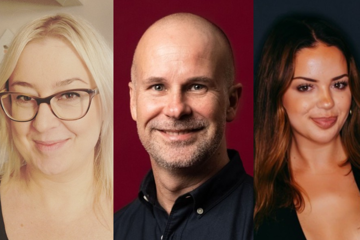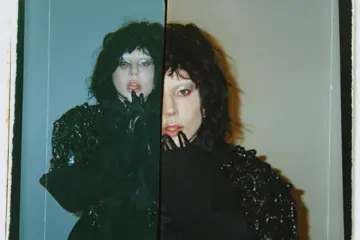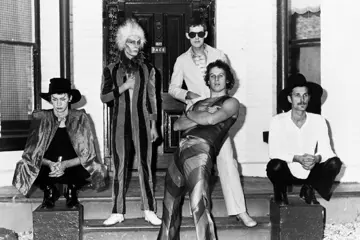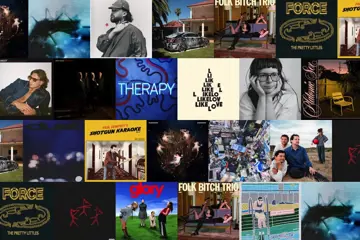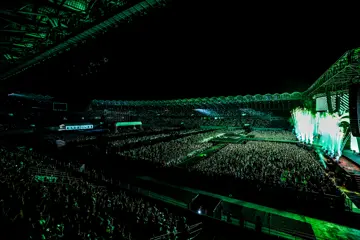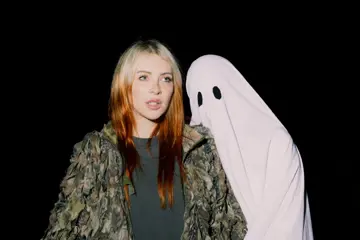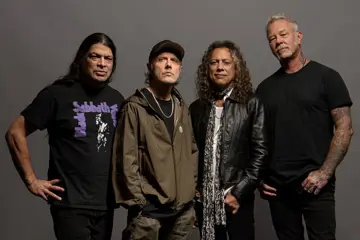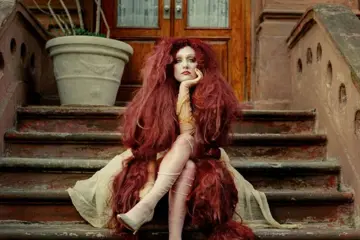The human skull is a powerful totem, a symbol of mortality and morality, power and subversion. Throughout the ages, it has remained one of humankind's most vivid icons, but its potency is not immutable. As our civilisations have evolved, become less religiously strict, increasingly industrialised and globally connected, and as our understanding of medicine and infrastructure have extended life expectancy and living standards, the ubiquity of death has become a less conspicuous part of the everyday. Whereas the society of the middle ages invoked the skull as a "memento mori" - a reminder of ever-impending death and thus the coming of heavenly judgement - today we're more likely to see a skull in a tattoo, a fashion design or a bottle of grog.
"Whether you were the poorest of the poor or a member of the royal family, no one is beyond the grasp of death"
Our species' enduring fascination with the skull and the ways in which its associations have changed with the times is the basis for a new exhibition at Art Gallery Of Ballarat. Romancing The Skull's curator Julie McLaren believes our innate curiosity and awe of the skull is a combination of nature and nurture. "Within our brain, we're wired to recognise faces in things, even in inanimate objects. The skull is the most perfect expression of that - an inanimate object that can only be recognised as a face," she suggests. "We assign emotions to skulls, largely by context, but it's interesting how the means by which we express emotions, the muscles of our faces, are the very things that are missing. Skulls can be said to be evil, or grinning, or sombre, or mischievous, but a skull is fundamentally incapable of communicating those things - it's the perspective of the beholder that creates those associations."
One of the most emotionally complex depictions of skulls can be found in the Danse Macabre, a personification of death as a dancing skeleton, merrily leading souls from the land of the living to the realm of the damned. "The Danse Macabre is this symbol of death as the great equaliser. Whether you were the poorest of the poor or a member of the royal family, no one is beyond the grasp of death," McLaren says. "It's particularly interesting how playful the Danse Macabre images are. There's a real sense of gallows humour in their mischievous character."
Within the Romancing The Skull exhibition, there is one of the earliest printed examples of the Danse Macabre, found in the Nuremberg Chronicle of 1493. But the exhibition also features works showcasing artistic practices on the bleeding edge of modern technology, including virtual reality and a number of new works by Australian artists. "We've covered a lot of ground in terms of the different mediums in this exhibition. One of the first works visitors will encounter is a hyper-real sculpture by Sam Jinks, which is made out of silicon and resin compound. It's a self-portrait, half-man, half-skull," McLaren shares. "There's only one real skull in the exhibition, which has been lent to us from the Harry Brookes Allen Museum Of Anatomy And Pathology at Melbourne University. It's a skull, from the 19th century, where the various connective pieces have been disarticulated. It was created as a reference tool for medical students, but it's an incredibly sculptural piece that is also a beautiful, fascinating thing to see."
The Art Gallery Of Ballarat presents Romancing The Skull until 28 Jan 2018



